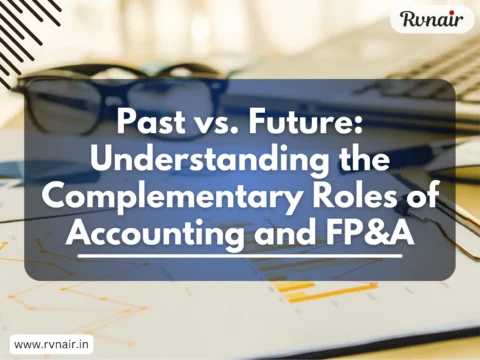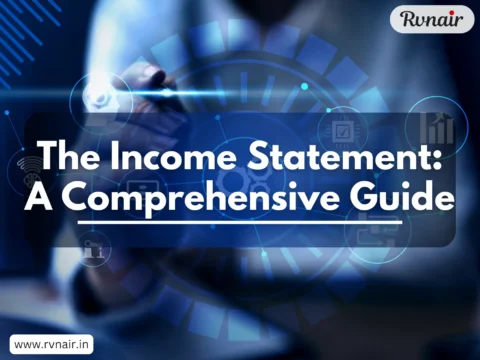United States
In the world of corporate finance, two functions often stand side by side yet serve distinctly different purposes: Financial Planning & Analysis (FP&A) and Accounting. While both are essential to
Variance analysis stands as a cornerstone of effective financial management, providing organizations with critical insights into their performance by comparing actual financial outcomes against planned expectations. This fundamental management accounting
When you change jobs or leave a company, you're faced with a crucial decision: what to do with your old 401(k)? This account may represent a significant portion of your
Choosing the right type of retirement account is a cornerstone of long-term financial planning. The decision between a traditional and a Roth account, whether it's a 401(k), 403(b), or IRA,
Are you a finance professional navigating the world of SAP? If you're involved in anything from the fundamental tasks of General Accounting to the more specialized areas like Asset Accounting,
Investing is a powerful tool that can help you achieve your financial goals, whether it's buying a house, taking a dream vacation, or simply building a financial cushion. However, the
Accounts Payable (AP) is often perceived as a simple liability listed on a company's balance sheet. However, this view overlooks the profound and multifaceted impact that AP management has on
The income statement is a fundamental financial report that companies use to present their financial performance over a specific period. It details a company's revenues, expenses, gains, and losses, culminating
Financial analysis is a crucial process for businesses, investors, and stakeholders to evaluate a company's financial health and potential. It involves carefully selecting, evaluating, and interpreting data from financial statements
Load More









